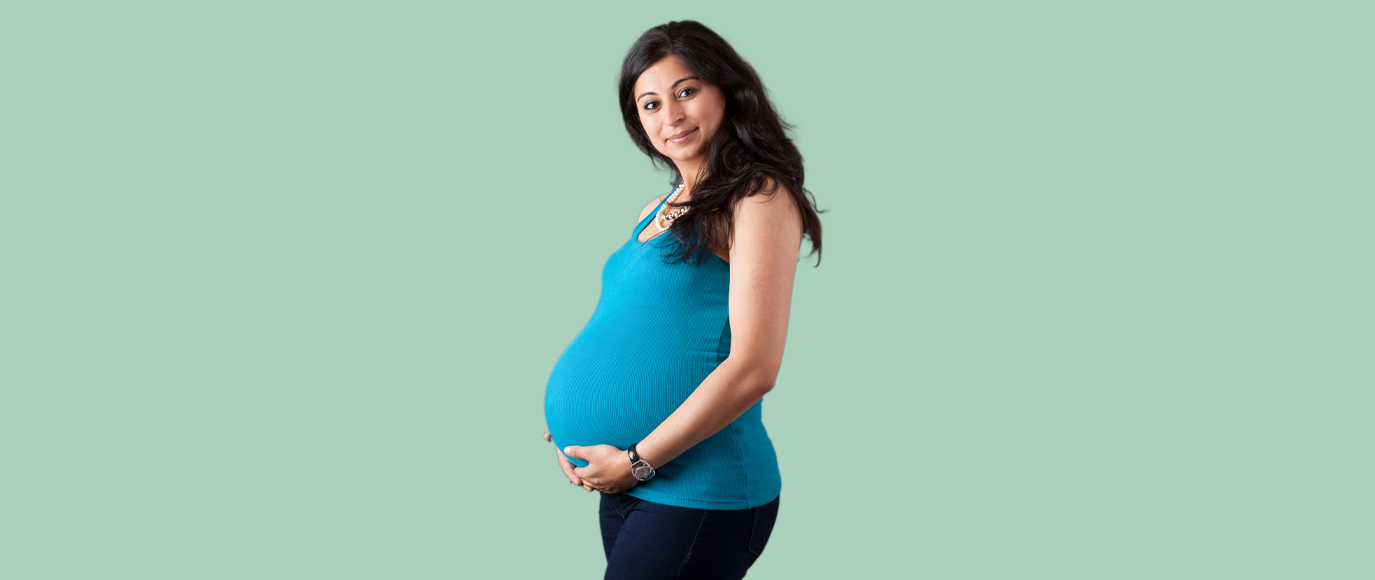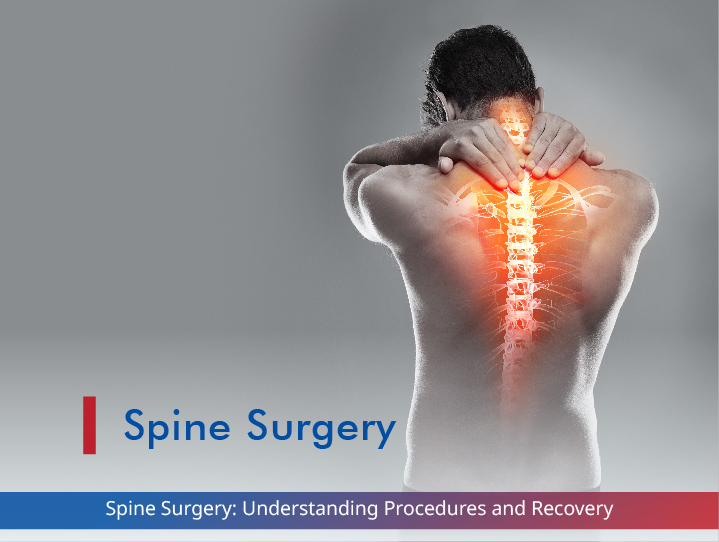The third trimester can by physically and emotionally challenging as you are eager to get on to the next step and hold the baby in your arms. The visits to the doctor may now be scheduled every fortnightly. As your body continues to adapt to the rapidly growing fetus, you might find it hard to get comfortable in any position. Hang on, we are almost there! Meanwhile, here are the changes you may experience in this trimester:
- Back aches: As the fetus increases in weight, your body posture will change to accommodate the added weight. This might cause backaches which might increase in intensity as the trimester progresses.
- Swelling: Mild swelling may be seen around the ankle and foot as the trimester progresses. This happens because of the increased fluid retention as the fetus grows. This edema may increase as the day progresses but will reduce on rest. Keeping hydrated and keeping the feet elevated may provide some relief.
- Leg cramps: Cramps of the foot and calf is common especially in the nights in the second and third trimester. Although the reasons for the cramps are not clear, mild stretching of the calf muscles before sleep can help in avoiding it.
- Braxton Hicks Contractions: Braxton Hicks Contractions or False Labor is the uterus’ way of preparing for childbirth. These are mild irregular contractions which you may experience as tightness around your abdomen. They are usually brought about by change in position and go away with rest.
- Shortness of breath: You may find yourself growing short of breath as your baby grows and pushes against the diaphragm. Practising good posture will give some relief.
- Leaking from the nipples: Many of you may notice leaking of a colourless fluid from the nipples. This is colostrum, a nutrient rich fluid that nourishes the baby till the milk comes. Your body is getting ready to breastfeed the baby as it arrives!
- Frequent Urination: You may urinate more frequently as the fetus presses against the bladder.
- Constipation, Heartburn and Indigestion may continue. Include adequate fibre in your diet to avoid constipation. Drink enough water and have small frequent meals to keep other digestive issues at bay.
- Haemorrhoids and varicose veins may appear or increase in intensity as the pregnancy progresses.
The Fetal Development in the Third Trimester
During the third trimester the fetus undergoes remarkable growth and development as your baby gets ready for the world outside. Some of the major changes seen are:
The eighth month (29-32 weeks):
The fetal brain continues to mature. Now the fetus is capable of controlling its own body heat. The fetus can now process more information and stimuli. The fetus continues to develop reserves of fat. At 32 weeks your baby will be approximately 42 cm long and weigh around 1.7kg.
The ninth month (33-36 weeks):
The bones of the fetus continue to harden except for the skull which remains soft for easier descent into the birth canal or childbirth. The waxy covering of the baby gets thicker. Lungs are almost fully mature now. The brain continues to grow. The fetus loses the soft downy hair covering its body and retains the hair on the head. As the baby grows your uterus starts to get cramped. At 36 weeks your baby will be approximately 47 cm long and weigh around 2.5kg.
The tenth month (37-40 weeks):
Now the fetus has fully developed lungs capable of functioning in the outside world. The baby begins its descent into the pelvis as it gets ready for birth. The mature nervous system ensures that the fetus has developed a firm grasp. Subcutaneous fat reserves continue to be added. This serves as to keep the newborn warm and provides a source of energy. At the end of 40 weeks your baby will be approximately 51cm long and weigh 3.5kg.
Prenatal visits in the Third Trimester
As you enter the final trimester, your prenatal visits will increase in frequency. You may be asked to schedule a visit every two weeks between the 28th week and the 36th week and weekly after the 36th week even if your pregnancy has been completely normal and uneventful.
These is what you can expect:
- Regular update of your weight and blood pressure.
- Check you for swelling in your feet.
- The doctor will listen to your baby’s heartbeat using a Doppler and check your abdomen to keep track of the baby’s growth and position. In this trimester, the fetus will move into a head down position to get ready for birth. If the fetus has not done this by the 36th week, your doctor will talk to you about your options. Ultrasound will be done to check for the position of the fetus and placenta.
- You may be administered your second dose of tetnus toxide injection.
- Blood tests will be done to check for anemia.
- Urine tests will be done to check for diabetes, urinary tract infection and kidney infection.
- In addition, a Group B streptococcal screening may be recommended using a vaginal swab.
You will be given advice to keep an eye out for bloody vaginal discharge, tightening around the lower abdomen which increases in intensity and duration and/or breaking of the amniotic sac. It is necessary you have a plan in place for the impending labor and delivery.







